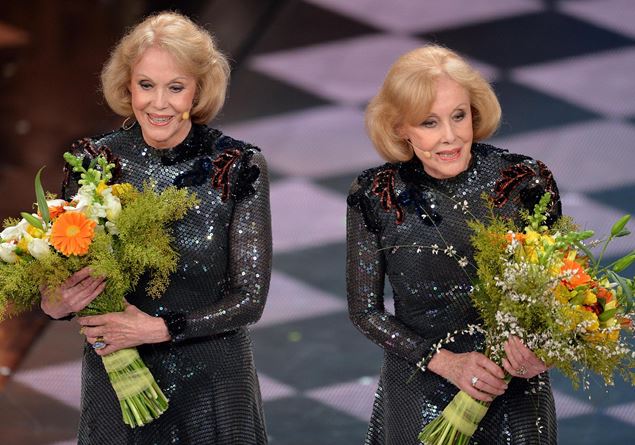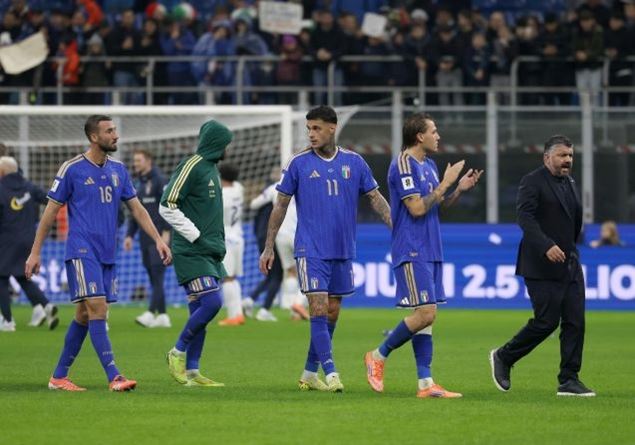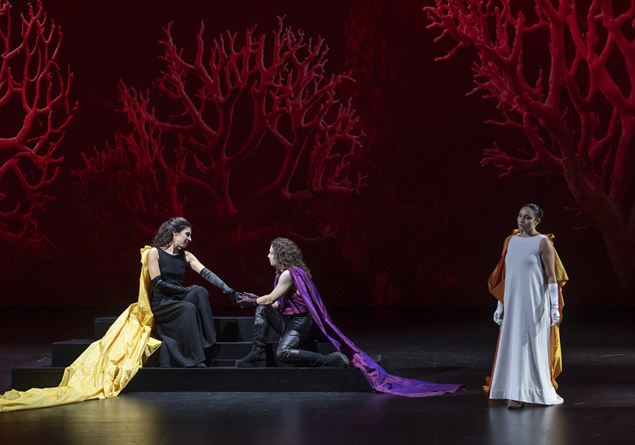They died together, as they had always lived. Alice and Ellen Kessler – 89 years old, icons of a television that no longer exists – passed away in their home in Grünwald, just outside Munich. The German newspaper broke the news Bildthe same one who had collected their most intimate will years ago: «Ellen and I want our ashes to be mixed with those of our mother, all together», Alice had said. And with them, also those of the little dog Yello. A family recomposed after life, according to a jointly written will. “They didn’t want to live anymore,” was the headline on the website Bild. Second Bildthe criminal police were notified at midday on Monday that the two 89-year-olds had committed an “assisted suicide”. In Germany, “assisted suicide” is permitted: the person must, among other things, “act autonomously and of their own free will.” Must be of age and capable of understanding and wanting. Those who assist cannot personally carry out the deadly act – that would be “active euthanasia”, prohibited. Already in 2012 the Kesslers had expressed their position on the subject of the end of life which had caused a lot of outcry. Famiglia Cristiana also intervened.
The two sisters lived in neighboring apartments, separated only by a sliding wall. A closeness that seemed to deny the passing of decades: still there, as in a long backstory of Studio Uno, as if time had limited itself to knocking without ever really entering. Now, however, the Bavarian police have opened an investigation, as is customary in such cases. Nothing suggests anything other than a natural death, but the protocol does not look at nostalgia. For Italy, the Kesslers are not just two artists: they are a piece of collective imagination. They arrived in 1961, already hardened by their escape from the GDR – they had left East Germany at eighteen – and by the Parisian period between ’55 and ’60. Antonello Falqui saw them and immediately understood: those two very tall girls, synchronized like a Swiss mechanism, perfect in singing and walking, were pure television. Giardino d’inverno, Studio Uno with Mina, Canzonissima: wherever they passed they left a trail of rhythm and modernity.
In the Sixties they were the showgirls par excellence: long legs, clear voice, an athletic energy that today would make half the entertainment industry pale. And two songs that still bounce in the memory of those who lived through that era: Da-Da-Oompa And The night is small. Yes, she was little, at night, when they were on TV: everything seemed simpler, happier, more direct. They worked with the greats: Mina, Alberto Sordi, Raffaella Carrà. They acted for Dino Risi alongside Walter Chiari, for Garinei and Giovannini, they appeared in Carosello, transformed against their will into an unrepeatable advertising symbol. Then, at the end of the Eighties, the return to Germany – where two national monuments were and remained – while continuing to frequent Italy, almost as if it were a second stage. They died as they would have wanted: close, united, mirrors of each other until the last moment. For those a few years older, the Kessler twins don’t really go away. They remain there, in the memory of an Italy that will not return, that of the boom, but which is worth remembering every now and then without fear of seeming sentimental.










